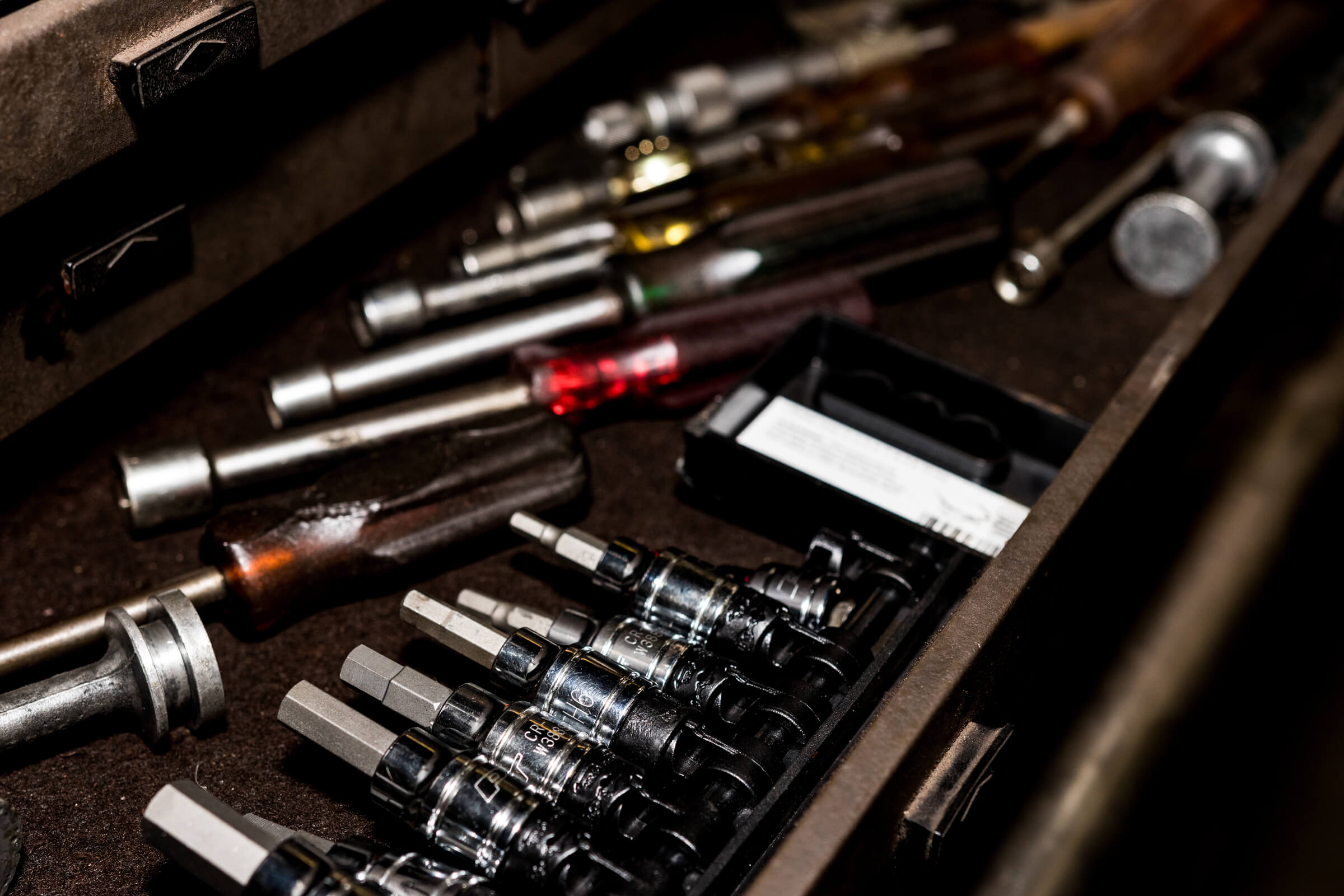
The Must-Have Toolkit Every Driver Should Keep in the Trunk

by Erin Anderson
You don't need to be a full-time road warrior to benefit from a well-stocked trunk. Whether you're commuting, running errands, or taking a weekend road trip, unexpected issues can (and do) come up. A flat tire, a dead battery, or even just a missing phone charger can quickly turn into a frustrating situation — unless you're prepared.
That's where a trunk toolkit comes in. It doesn't need to be fancy, expensive, or even very big. Just the right mix of tools, gear, and just-in-case items can make a huge difference when something goes wrong — or when you need a quick fix on the fly.
Here's what every driver should keep in their trunk, no matter the season or how old your car is.
The Basics: Emergency Essentials
Start with the non-negotiables: jumper cables, a flashlight (with working batteries), and a basic first-aid kit. These three items cover a lot of ground, from dead batteries to minor scrapes or nighttime roadside emergencies.
You should also carry a reflective warning triangle or safety vest. If you ever break down on the side of the road — especially in the dark — this gear can help keep you visible and safe while you wait for help or make a repair.
A Spare Tire — and the Tools to Use It
Many cars come with a spare tire, but it's useless without the right tools. Make sure you have a jack, lug wrench, and instructions (your owner's manual helps here). Remember to check your spare tire's pressure every few months — it can lose air just sitting unused.
If your car uses a tire repair kit instead of a spare, make sure the sealant isn't expired and that you know how to use it. A quick refresher video never hurts.
Multi-Tool or Basic Hand Tools
You don't need a full toolbox — but a good multi-tool or a few basics (screwdriver, pliers, adjustable wrench) can help with loose parts, battery terminals, or quick fixes. These small tools often come in handy in ways you wouldn't expect, especially when something's rattling, stuck, or leaking.
Add a roll of duct tape while you're at it. It's not a long-term solution, but it can temporarily secure parts, patch small damage, or help seal a hose until you get proper repairs.
Seasonal Add-Ons (Depending on Where You Live)
In colder climates, keep an ice scraper, gloves, and a blanket in the trunk. If you drive in snow, add a small shovel and a bag of sand or kitty litter for traction.
In hot areas, bottled water and a spare phone charger can make a big difference if you're ever stuck or waiting in the heat.
Adjusting your kit for local weather can mean the difference between a minor delay and a major hassle.
Other Useful Extras
A few final items can round out your kit:
- Tire pressure gauge
- Reusable shopping bags
- Phone charging cable and adapter
- Paper towels or rags
- Work gloves
- Bungee cords or zip ties
- A small notebook and pen
It might sound like a lot, but most of this gear fits in a small bin or trunk organizer — and once you have it, you'll wonder how you ever drove without it.
The Bottom Line
A well-stocked trunk isn't just about being ready for emergencies — it's about making everyday driving more convenient and less stressful. With just a little prep, you can handle dead batteries, flat tires, and unpredictable weather without skipping a beat.
And while you're thinking about car prep, take a minute to check in on your insurance. If you're already investing in your vehicle's safety and reliability, there may be opportunities to save — especially if your provider rewards drivers who stay ready for anything.